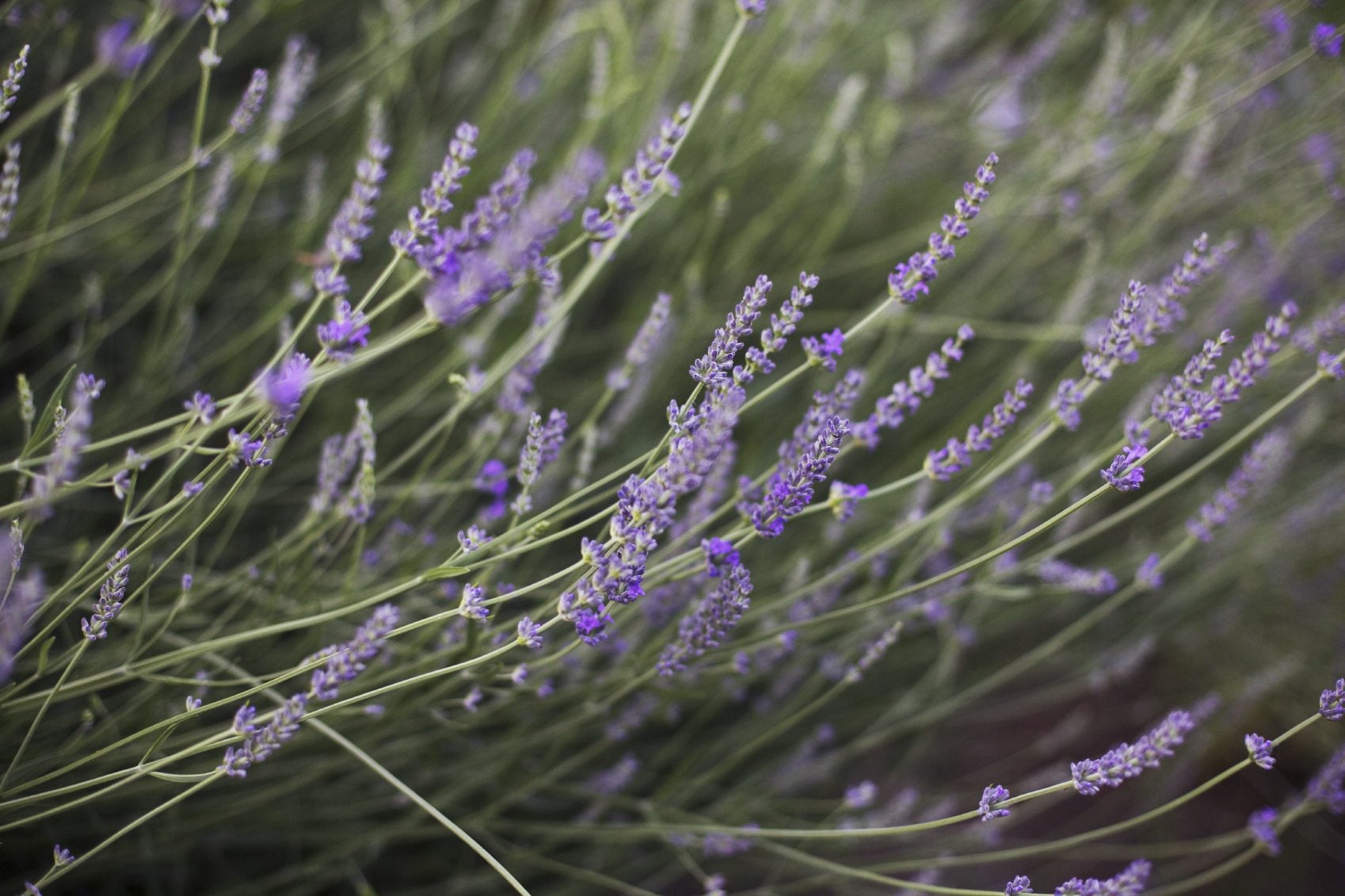Lavender Plant Care: Reasons For Drooping Lavender Plants


Whether in the garden or containers, lavender is a fabulous plant to have on hand. You can cook with it, dry it into sachets, or just leave it where it grows to perfume the air. What do you do when it starts to fail though? Keep reading to learn about lavender plant care and how to deal with drooping lavender plants.
Lavender Flowers Drooping
Lavender flowers drooping is a very common problem, and it often comes down to water. Knowing how often to water lavender is usually all it takes to get it fighting fit. Lavender is a Mediterranean plant that prefers sandy, low quality soil that drains very quickly. If you’ve planted it in dense soil or are watering it daily, this might be the cause of your lavender flowers drooping.
The key to lavender plant care is, in a way, keeping yourself from caring too much and killing it with kindness. If you’ve planted it in well fertilized, rich soil, move it to somewhere less forgiving, like a rocky slope that receives full sun. The lavender will thank you.
If you’ve been watering every day, stop it. Young lavender does need considerably more water than usual to get established, but too much will eventually kill it. Always check the soil around the plant before watering-- if it’s totally dry, give it a soak. If it’s still wet, leave it alone. Don’t water from above, as extra moisture on the leaves can spread disease.
Fixing Droopy Lavender Plants
While lavender flowers drooping might be the sign of an unhappy plant, it’s not always the case. On hot days, lavender will droop to conserve water, even if it’s not thirsty. It’s just a natural strategy to stay hydrated.
If you notice your plant drooping but don’t think it’s overwatered or in the wrong kind of soil, check on it later when the day is cooler. It may very well have perked up on its own.
Gardening tips, videos, info and more delivered right to your inbox!
Sign up for the Gardening Know How newsletter today and receive a free copy of our e-book "How to Grow Delicious Tomatoes".

The only child of a horticulturist and an English teacher, Liz Baessler was destined to become a gardening editor. She has been with Gardening Know how since 2015, and a Senior Editor since 2020. She holds a BA in English from Brandeis University and an MA in English from the University of Geneva, Switzerland. After years of gardening in containers and community garden plots, she finally has a backyard of her own, which she is systematically filling with vegetables and flowers.
-
 Looking For Plants To Give You The Soft And Fuzzies? Try These 5 Fuzzy Leaf Plant Options
Looking For Plants To Give You The Soft And Fuzzies? Try These 5 Fuzzy Leaf Plant OptionsLovers of texture, drama, silver foliage and tactile plants will adore these special sensory garden additions. These fuzzy leaf plant options will leave you all aglow
By Susan Albert
-
 Get Ready For A Summer Of Hummers! Grow These Full Sun Hummingbird Plants and Flowers
Get Ready For A Summer Of Hummers! Grow These Full Sun Hummingbird Plants and FlowersIf you’re lucky enough to enjoy a sunny backyard, make sure you are maxing out on your pollinator opportunities and grow these full sun hummingbird plants and flowers
By Tonya Barnett